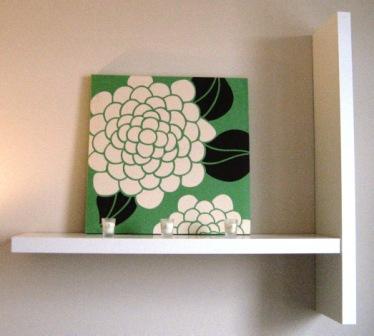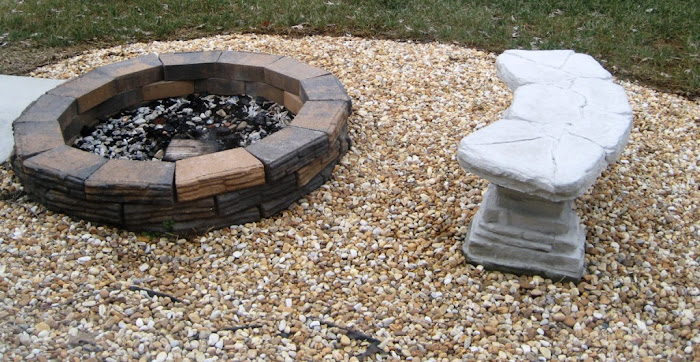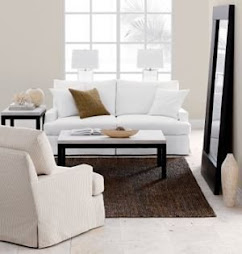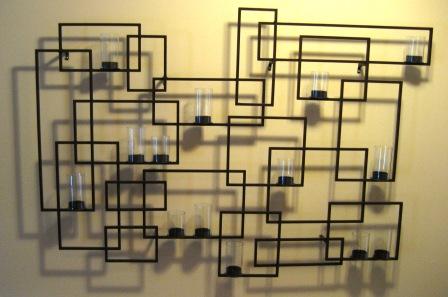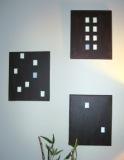Budget is never a fun word to hear! It limits your options and makes planning more stressful, especially when you have big ideas and a little budget. More importantly, you can still splurge a little if you make smart decisions. However, even when you don't have a budget persay, it is key to stay in line and to not get carried away with ideas! You don't want to overdue a project to the point where you won't get a return on your investment. You want to make sure that every penny spent is a penny well spent.
The number one rule of thumb is to stay focused and stick to your budget! Follow the decorating budget guide below and you feel better about your plan and the overall space post makeover!
1. Make a wishlist: Write down everything you'd like to do and everything you'd like to buy. Be as specific as possible by thinking about what specific things that you want to achieve actually mean. For example, more storage and display space is too vague... it might actually mean adding built-ins or wall shelves. So, that is what you want to put on the list. Don't hold back from writing down what you really want, however don't forget to include the practical stuff that may need to be fixed or upgraded.
2. Crunch the numbers: Be brutally honest and determine your actual budget. Be realistic and if the money really isn't there put the project off and set a savings goal so that you can afford to execute the project at a later date. Really think about how much you will feel comfortable spending.. don't make any hasty decisions... the final product won't be worth it and enjoyable if you are going to have decoraters' remorse and regret spending as much as you did.
3. Do your homework: Before you make the itemized budget list do some thorough research on the Internet, in catalogs, in stores, etc. Find out how much everything you want to get will cost at every possible place that it is available to be purchased at. This will ensure that you will get the best value and savings. Furthermore, find out how much help is going to cost if you're going to need professionals such as electricians and plumbers. Don't be in a hurry to buy everything. Afterall, you wouldn't turn in a half finished research paper for school now would you?
4. Priortize: This is one of the most significant, yet possibly the most difficult step to budgetting. Take your wishlist with the real costs of each item and along with your total budget figure guide start eliminating items from the wishlist. This will allow you to be practical and pick apart what you really want from what you actually need. Do you want a new bathroom or living room first?
5. Draft your decorating plan: Put the design blueprint on paper including a detailed vision of the project. Include the work to be done, the items to purchase, other tasks (i.e. removing wallpaper or the old carpet), and the amount you expect to spend on each task or item. You can use computer programs such as Excel to make a neat and easy to follow spreadsheet. Furthermore, include a timeline of the projects and shopping in chronological order.
6. Splurge where it counts: Splurge on the big "wow" type of items... the things that are the most noticeable in the space, the things that will add the most value to your home, or the things that will be used regularly and therefore hold their value the longest over time. Some examples include: new flooring like hardword floors, investment art, classic and well-made furniture, and built-ins. By following these guidlines when splurging it makes you feel good and as if you're not splurging to begin with, because the splurge was well worth it. Thus, splurging will never feel better!
7. Know when to scrimp: Once you have listed all the big, most expensive and essential items needed, such as furniture and flooring, tackle the rest of the budget. Use what's left for extras, such as linens, lighting and decorative accessories. All of these items are ones that are available at different price points and can be switched out later if you get tired of them or want to upgrade them when you have the extra money to splurge. So, most significantly don't buy trendy furniture pieces, but rather save trendy for accessories.
8. Make trade-offs: Juggle expense as needed so that you can stay under the set budget. Most times you will have to review, rethink, reevaluate and adjust the plan until you arrive at the most practical and sensible plan. If you find a bed that you absolutely love and can't live without...get it and be frugle when looking for nightstands. If you find out that the hardwood floor you originally had on the plan is going to be too expensive afterall, opt for the next step down in laminate wood flooring. It's a give and take relationship... so you can still get what you want if you are willing to sacrifice other items that you still need.
9. Keep common budget busters in mind: Be prepared for unexpected and unforseen events and issues. Take 10 to 15 percent of the total budget and set it aside for unexpected expenses. This happened recently to me when I went to buy a console table to set under the plasma TV that we hung on the wall. I found the perfect console table that matched the coffee table that I had for awhile and it took me forever to find something that matched so well. Unfortunately, the table was discontinued and they wouldn't sell me the floor model. So, I had to settle for another one that was in the same collection but was less perfect and of course more expensive, although it was still stylish and served its purpose. Luckily, I had set my budget for the table a little higher since I know that I tend to end up liking the more expensive things. However, if you don't plan ahead than budget busters can really effect the plan especially when you are already midway through the project.
10. Phase it in: Don't get disappointed if the budget is not enough to pursue everything that you want to accomplish. You can make the plan a long-range one and implement it in phases.. this is especially a good idea if you have high standards and thus find it difficult to prioritize and not splurge. If you do decide to implement a phased plan it would be beneficial to consider the following timeline and tackle jobs in this order: backgrounds and surfaces (ceilings, walls, floors), buildables (built-in shelving), furniture, fabrics, lighting and accessories. Don't pressure yourself to get it done all at once... it is more gratifying and smart to get it done in phases, hence getting it done right, within a reasonable and stress-free budget, and just the way you dreamed about!














 Potted Grass
Potted Grass Japanese Maple Tree
Japanese Maple Tree






